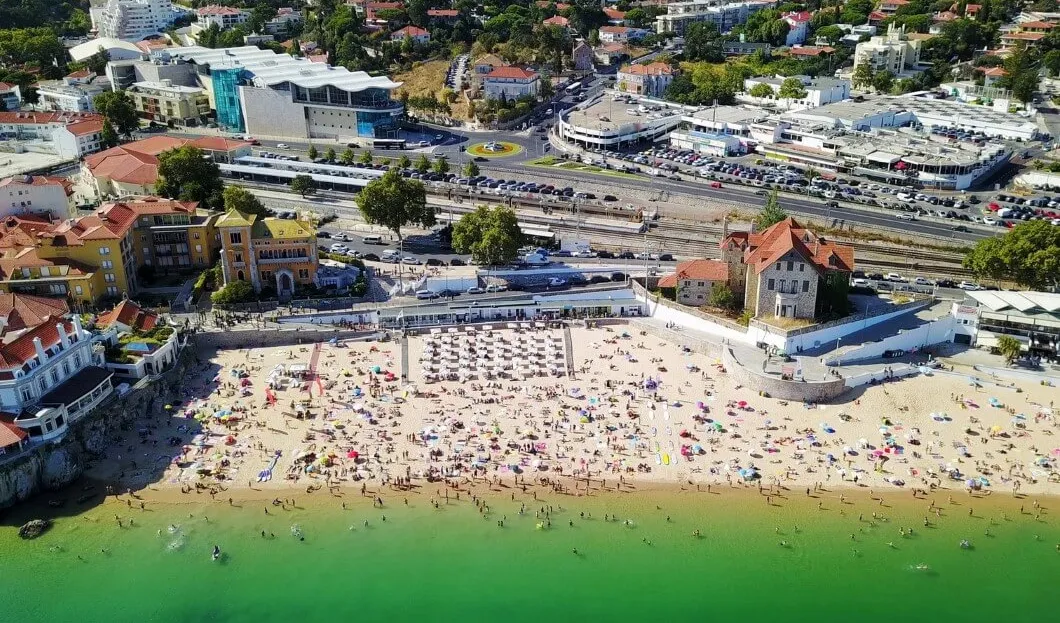
The number of overnight stays in tourist establishments in the European Union (EU) grew 5.1% in 2017, compared with the previous year. Portugal registered the fourth largest increase of overnight stays according to Eurostat data (8%). Experts however highlight the dangers of overtourism.
Tourism in Portugal recorded 71.3 million tourists last year. Most overnights stays (68%) were done by international visitors.
The top three EU countries with the biggest growth in overnight stays were Latvia (12% increase to 4.9 million), Slovenia (11,3% to 11.9 million) and Croatia (10,6% to 86.1 million).
The boost in tourism in Portugal is essentially based on the increase of the number of foreign visitors, with the demand among non-residents growing 9.9% as opposed to the 4.3% among the residents.
Portugal stays alongside the overall growth in the number of overnight stays in tourist establishments in the European Union (EU), something attained for the seventh consecutive year, sustained by the increasing demand from non-residents.
Of the 3.254 billion stays registered in 2017 in the EU, 49% were by non-residents, a growth of 6.9% compared to the previous year.
Spain continues to lead the ‘ranking’ of overnight stays, with 471.4 million (3.6% more than in 2016), closely followed by France (6.6% to 431.3 million) and Italy (5.4% to 424.7 million).
While the numbers of visitors continue to grow in Portugal, some critics point out that there are many harmful effects. Ana Velosa, director of the Heritage Rehabilitation course and associate professor with agrégation at the University of Aveiro, states that tourism can be very important for the promotion of urban rehabilitation.
“The tourist pressure has generated, in some cities of the country, poorly thought actions of urban rehabilitation, without paying the necessary attention to the existing assets. Quick and poorly sustained actions may have results in the short term but in the medium or long term will have the opposite effect in terms of tourist attraction, either losing the originality of the buildings or prompting their early degradation,” she foresees.
For Jorge Gonçalves, professor of the Department of Civil Engineering, Architecture and Georesources of Instituto Superior Técnico, it is obvious that tourism has played its share or even boosted urban rehabilitation in significant parts of the national territory.
“Decisive contributions to urban renewal are expected to take place, like the one that is about to happen in Colina de Santana, in Lisbon,” he recalls, before projecting the future. “Now the intention is to make sure that the places which benefit from these transformations do not die of the cure that forgets key values, such as the promotion of the city as an advocate of social and functional diversity,” he warns.
The increase of tourism could contribute to an urban rehabilitation with quality and skilled jobs in the sector. But, giving the excessive demand, it is attested that the architectural heritage and the public spaces have not been protected and they have been losing the identity and the neighborhood culture with the eviction of residents, generating at the same time insecure jobs and low wages.










